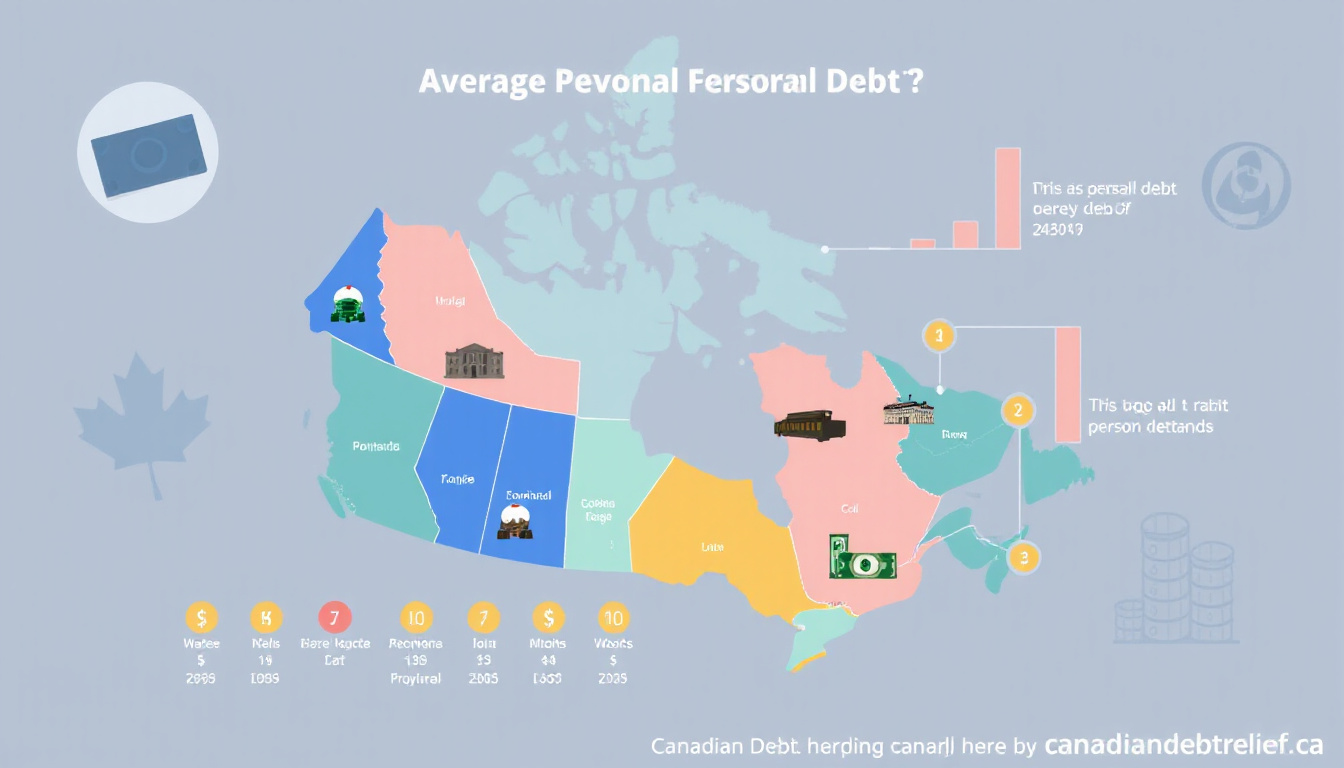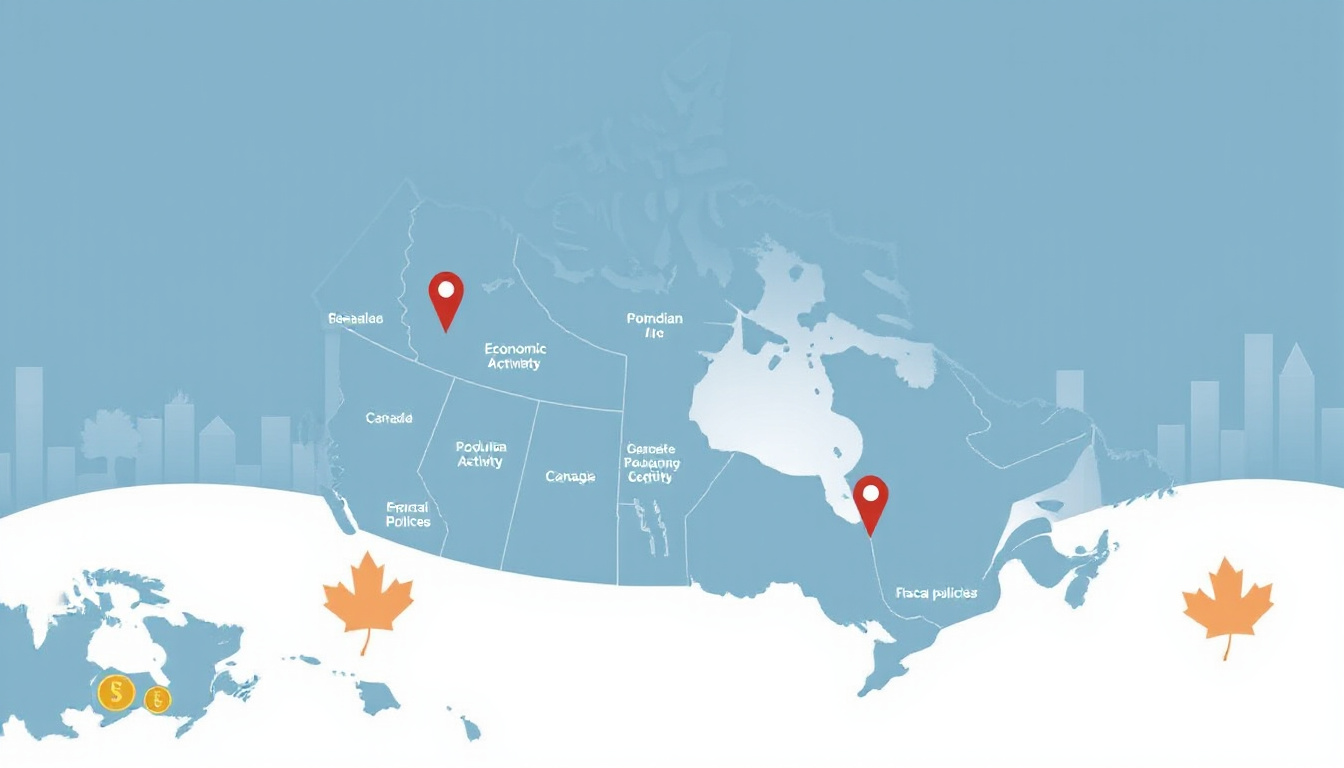In Canada, the average personal debt by province is a crucial metric for understanding consumer financial health. As of 2023, the national average personal debt for Canadians is approximately $73,000 per individual, influenced significantly by varying economic conditions and living costs across provinces. This statistic sheds light on the financial landscape and could impact policymaking and consumer behavior alike. With provinces like Alberta and Ontario reflecting particularly high averages of $90,000 and $80,000 respectively, analyzing the trends in personal debt on a provincial level reveals essential insights into the factors driving these disparities. Understanding these metrics can aid journalists in covering economic-related topics effectively.

Key Takeaways
- Personal debt is a critical financial metric that affects individual and economic well-being.
- Average personal debt varies significantly across Canadian provinces, highlighting regional financial disparities.
- Several factors, including income levels and cost of living, influence the average debt levels in different provinces.
- Understanding provincial debt ratios can provide insights into overall economic health and consumer behavior.
- Comparative analysis of debt levels can aid policymakers in addressing economic challenges in specific regions.
Understanding Personal Debt: Definition and Importance
As of 2023, the average personal debt in Canada varies significantly by province, illustrating the diverse economic conditions and financial behaviors across the country. For instance, British Columbia leads with an average personal debt of approximately CAD 38,000 per capita, while provinces like Newfoundland and Labrador show a more modest average of about CAD 27,000. This data emphasizes the importance of understanding personal debt trends, as they can impact not only individual financial health but also provincial economies and policy development. It is crucial, therefore, for residents and policymakers alike to monitor these statistics closely. (Source: Statistics Canada)
Overview of Average Personal Debt in Canada by Province
As of 2023, the average personal debt by province in Canada varies significantly, reflecting diverse economic conditions and cost of living across the country. Nationally, the average family owes approximately CAD 73,000, with British Columbia experiencing the highest average debt at about CAD 87,000 per household. In contrast, residents of Saskatchewan report a comparatively lower average personal debt, near CAD 62,000. According to a recent report from the Canadian Bankers Association, trends indicate that the highest levels of debt correlate with regions featuring inflated housing markets and increased consumer spending. This statistic underscores the need for effective debt relief solutions tailored to the unique financial landscapes of each province.
‘Too many people spend money they haven’t earned, to buy things they don’t want, to impress people they don’t like.’ – Will Rogers

Factors Influencing Debt Levels Across Provinces
As of 2023, the average personal debt by province in Canada varies significantly, with Alberta leading the way at approximately CAD 79,417 per capita. This stark contrast reflects not only the economic conditions of the province but also the varying costs of living and employment opportunities across the country. For instance, British Columbia follows closely with an average debt of CAD 73,761, while provinces like Quebec and Newfoundland and Labrador report averages around CAD 54,200 and CAD 52,800, respectively. Factors driving these differences include housing market dynamics, income levels, and consumer spending habits. According to a report from Equifax, changes in consumer credit trends and the increased reliance on credit cards and loans during the post-pandemic recovery have further influenced the debt landscape across provinces.
Comparative Analysis: Provincial Debt Ratios and Economic Implications
As of 2023, the average personal debt by province in Canada varies significantly, with British Columbia leading at approximately $41,000 per household, according to Statistics Canada. In contrast, Quebec residents report an average personal debt of about $32,000, highlighting a stark contrast among provinces. These figures indicate not only the differing borrowing habits but also the economic implications of such debts on provincial economies. For instance, high debt levels in British Columbia are often linked to elevated costs of living, housing prices, and increased consumer spending, which can lead to vulnerabilities during economic downturns. In all, understanding these averages is crucial for stakeholders looking to address debt relief strategies and assess financial health across the nation.
